Understand how tattoo numbing creams can change your inking experience as we discuss their effectiveness, types, and considerations for their use.
Best Tattoo Numbing Creams
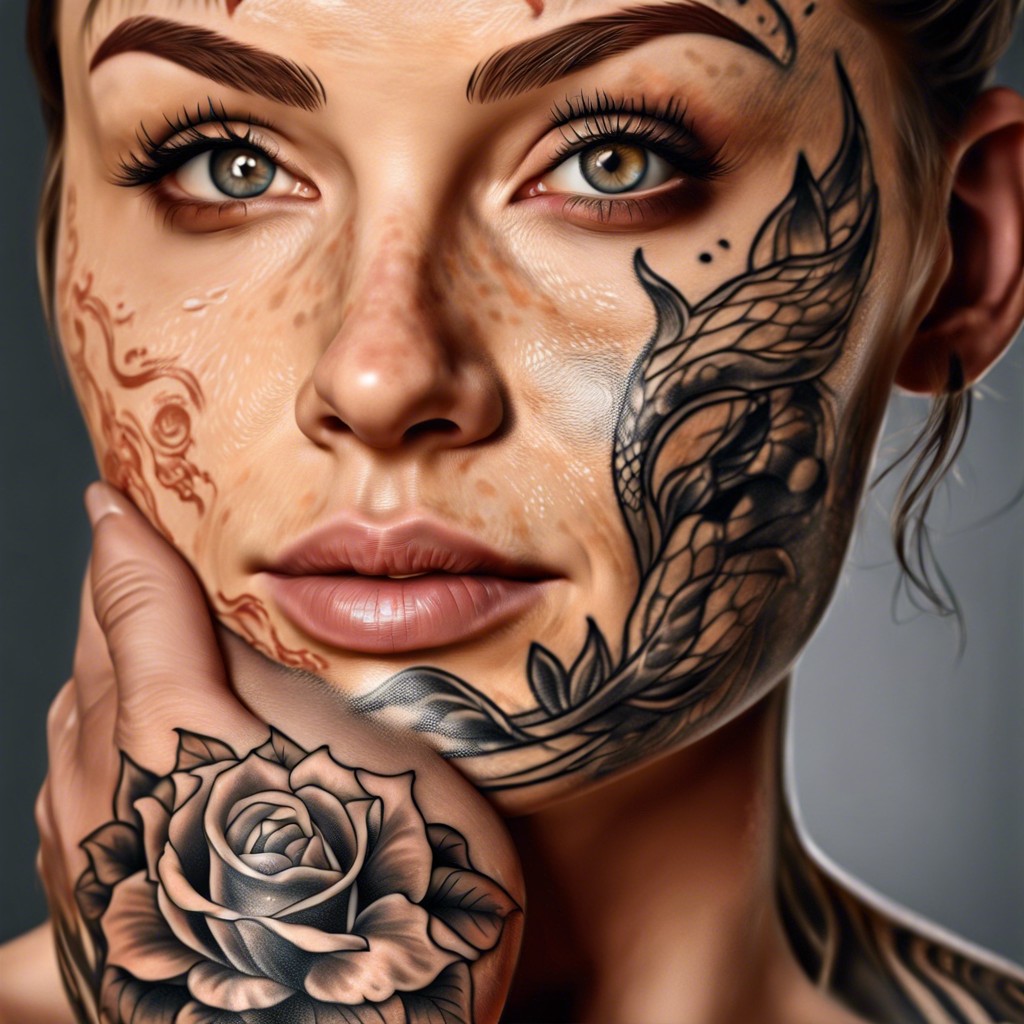
Topical anesthetics like Lidocaine, Prilocaine, and Benzocaine are commonly found in the best numbing creams, providing substantial pain relief during tattoo sessions.
Products like Numb Master and Hush Anesthetic are highly rated for their efficacy in reducing discomfort without affecting the tattoo’s outcome.
It’s important to choose a numbing cream endorsed by professionals to ensure both safety and an optimal pain-free tattoo experience.
How to Apply Numbing Cream Before a Tattoo
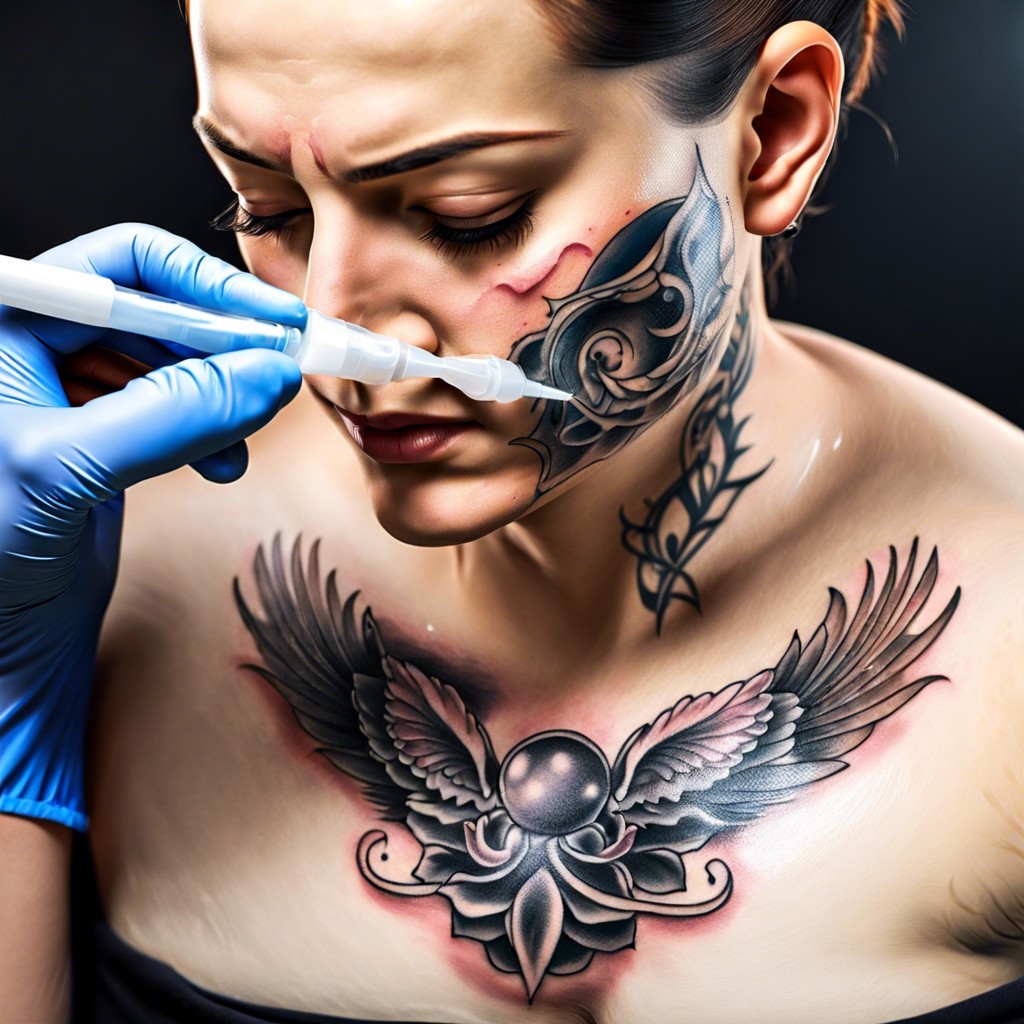
Begin with clean, dry skin; applying the numbing cream to the area where the tattoo will be inked ensures maximum absorption.
Follow the product’s specific instructions regarding the amount to use and how long to leave it on the skin before wiping it off.
Covering the cream-treated area with plastic wrap can enhance its effectiveness, trapping the heat and encouraging deeper skin penetration.
The Science Behind Tattoo Numbing Creams

Tattoo numbing creams work by temporarily blocking nerve signals in the skin. They typically contain active ingredients such as lidocaine, tetracaine, or benzocaine, which induce numbness. These topically applied agents permeate the dermis and epidermis, ensuring reduced sensation in the tattooed area.
DIY Tattoo Numbing Remedies Vs. Commercial Creams

DIY numbing remedies offer a natural alternative to synthetic commercial products, utilizing ingredients like clove oil or aloe vera for their mild anesthetic properties.
However, they may not provide the same level of numbing efficacy as their professionally-developed counterparts, which are formulated for deeper skin penetration and longer-lasting effects.
Users considering homemade options should weigh the potential for a less-potent application against the benefits of using more accessible and potentially holistic substances.
Numbing Cream Ingredients and Skin Safety

Tattoo numbing creams often contain lidocaine, prilocaine, or benzocaine, which can provide varying levels of pain relief.
It’s crucial to check for any potential allergic reactions by performing a patch test before applying the cream extensively.
Those with sensitive skin should opt for numbing products specifically formulated to be hypoallergenic to minimize any adverse reactions.
Duration of Effectiveness for Tattoo Numbing Creams
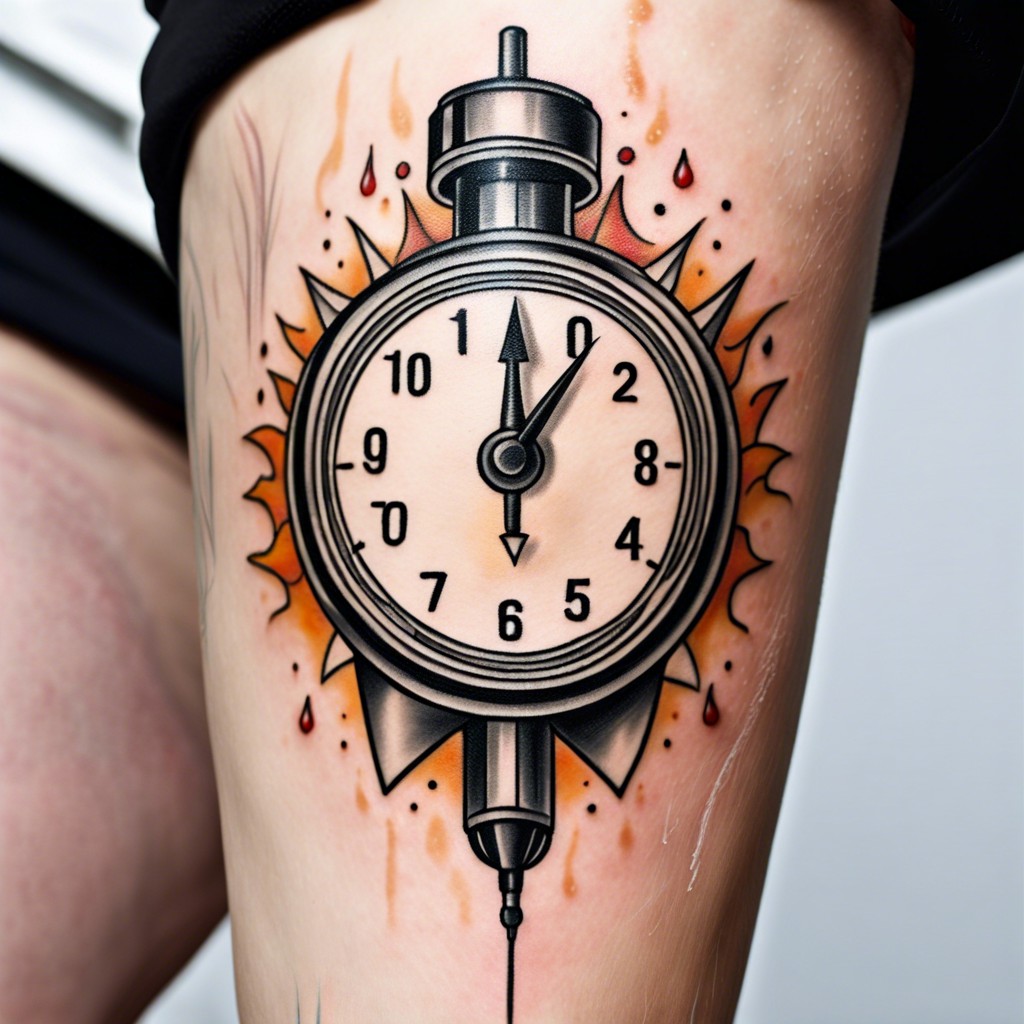
Different numbing creams have varying durations of action, with some lasting as little as 30 minutes and others maintaining their effect for up to a few hours.
When planning a tattoo session, it’s crucial to match the numbing cream’s active period with the expected length of the tattoo procedure.
It’s important to follow the product’s instructions for reapplication, should the session outlast the cream’s numbing window, to maintain comfort throughout.
Numbing Cream Brands Comparison
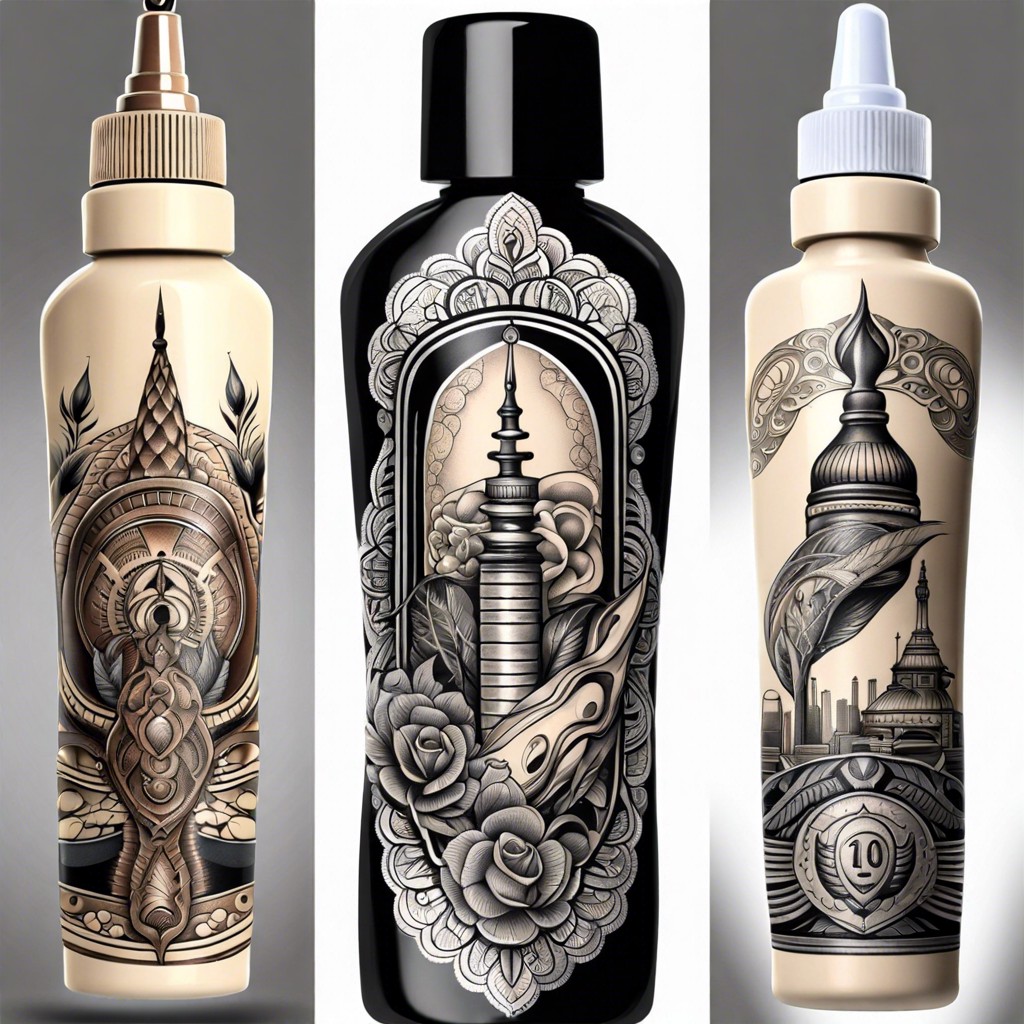
Exploring various numbing cream brands reveals differences in active ingredients, potency, and onset time of anesthesia.
Cost comparison highlights affordability versus effectiveness, catering to a range of budgets and pain thresholds.
User reviews and expert recommendations offer insight into the reliability and customer satisfaction of each product.
Precautions When Using Tattoo Numbing Creams
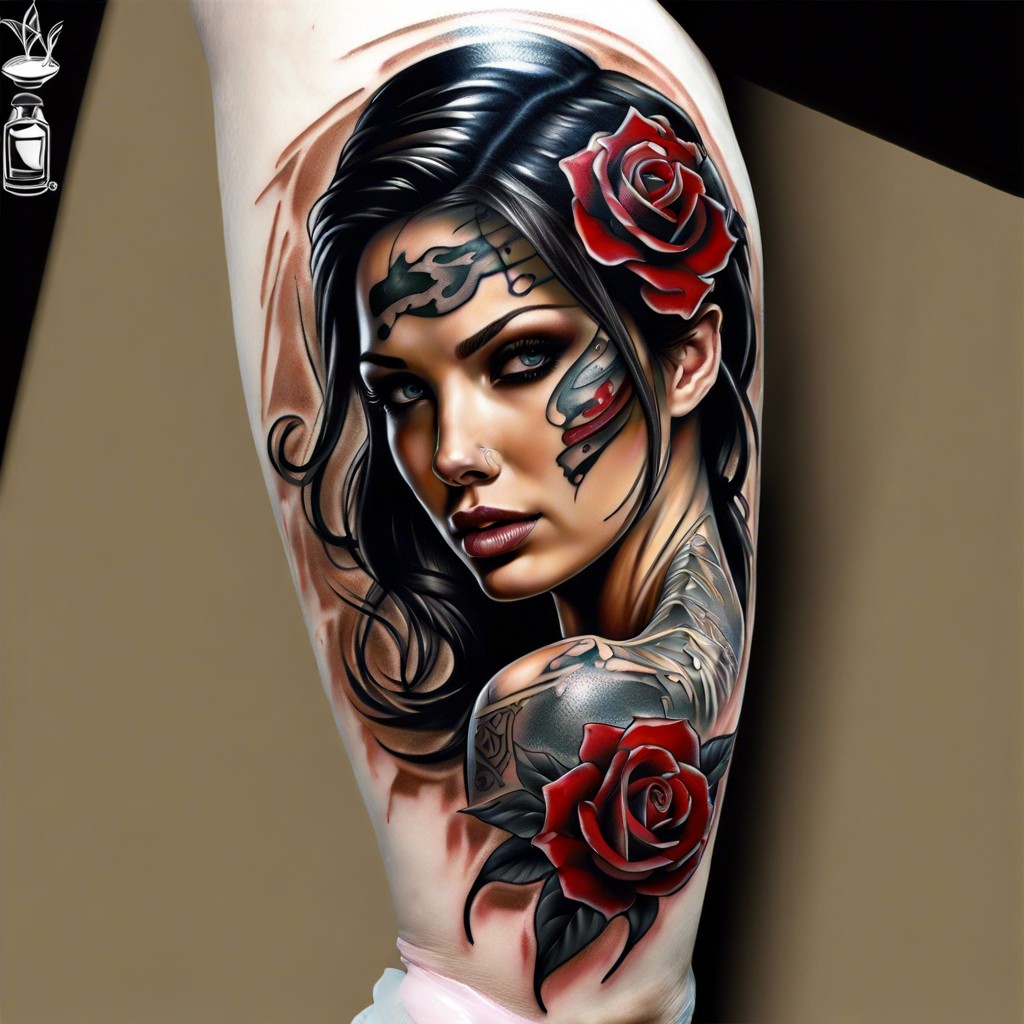
Always conduct a patch test prior to application to check for allergic reactions. Follow the specific time guidelines for application before your tattoo session to avoid skin complications.
Consult with your tattoo artist and a healthcare provider, especially if you have sensitive skin or medical conditions.
Numbing Cream and Tattoo Quality Concerns

Some believe numbing creams can affect the texture of the skin, potentially leading to less crisp tattoo lines. Artists have reported varying experiences with the healed quality of tattoos done on numbed skin versus non-numbed.
It’s crucial to choose a cream that’s known to have minimal impact on the tattooing process and ink retention.
Tattoo Numbing Creams for Different Skin Types

Individuals with sensitive skin should opt for numbing creams with hypoallergenic formulas to minimize potential irritation.
Those with oily skin types might require cream with stronger adhesive properties to ensure it doesn’t slide off before the tattooing begins.
Dry skin sufferers should look for numbing creams with moisturizing agents to prevent further dehydration during the tattoo process.
Numbing Creams and Pain Relief Levels During Tattooing

Tattoo numbing creams can significantly reduce the discomfort associated with the tattooing process, creating a more bearable experience.
The level of pain relief varies by product, concentration of active ingredients, and individual pain thresholds.
It is important to note that while these creams ease pain reception, they may not completely eliminate all sensations during the tattoo application.
Tattoo Placement and Numbing Cream Effectiveness
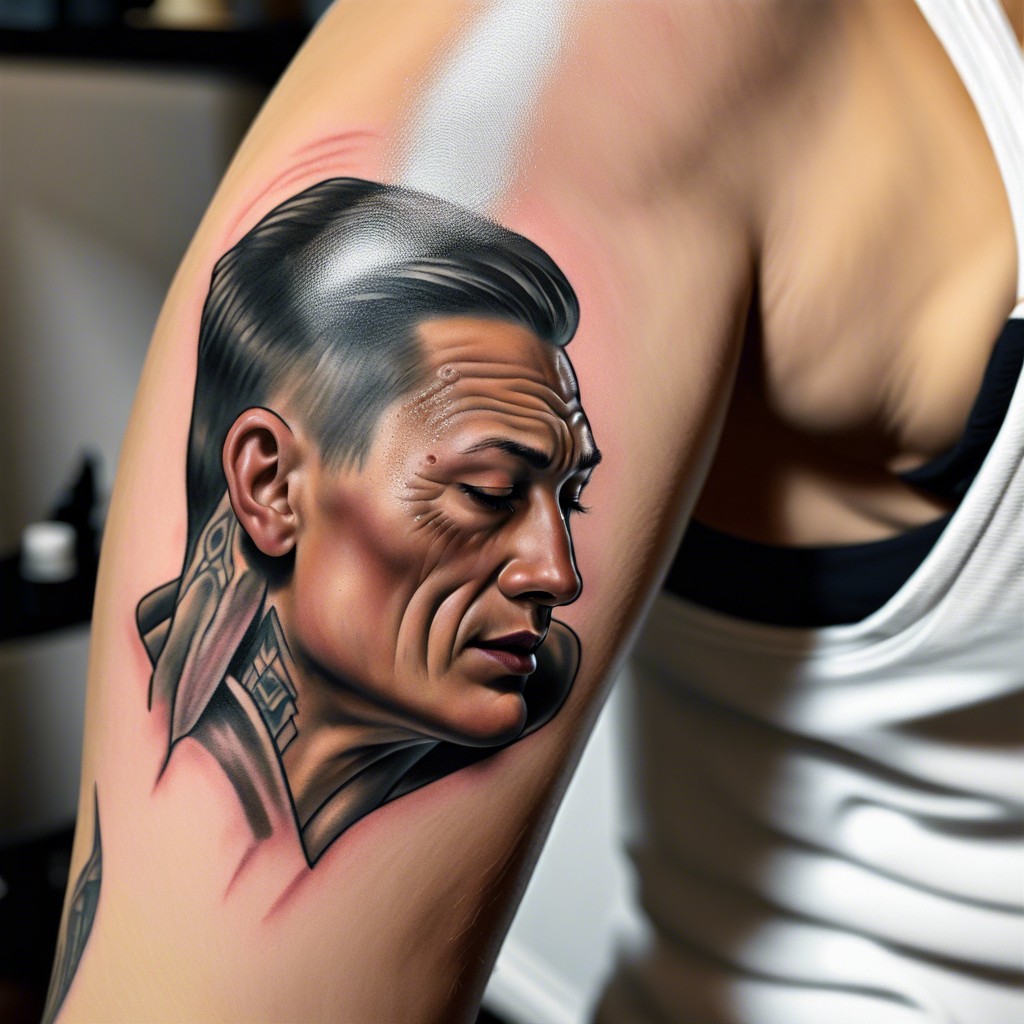
Some body areas are more sensitive, so the efficacy of numbing cream can vary with tattoo location.
Bony regions like ribs and ankles might require a stronger numbing agent for optimal pain relief.
It’s important to discuss the planned tattoo spot with the artist to ensure the cream chosen will be effective for the duration of the session.
The Impact of Numbing Creams On Tattoo Healing
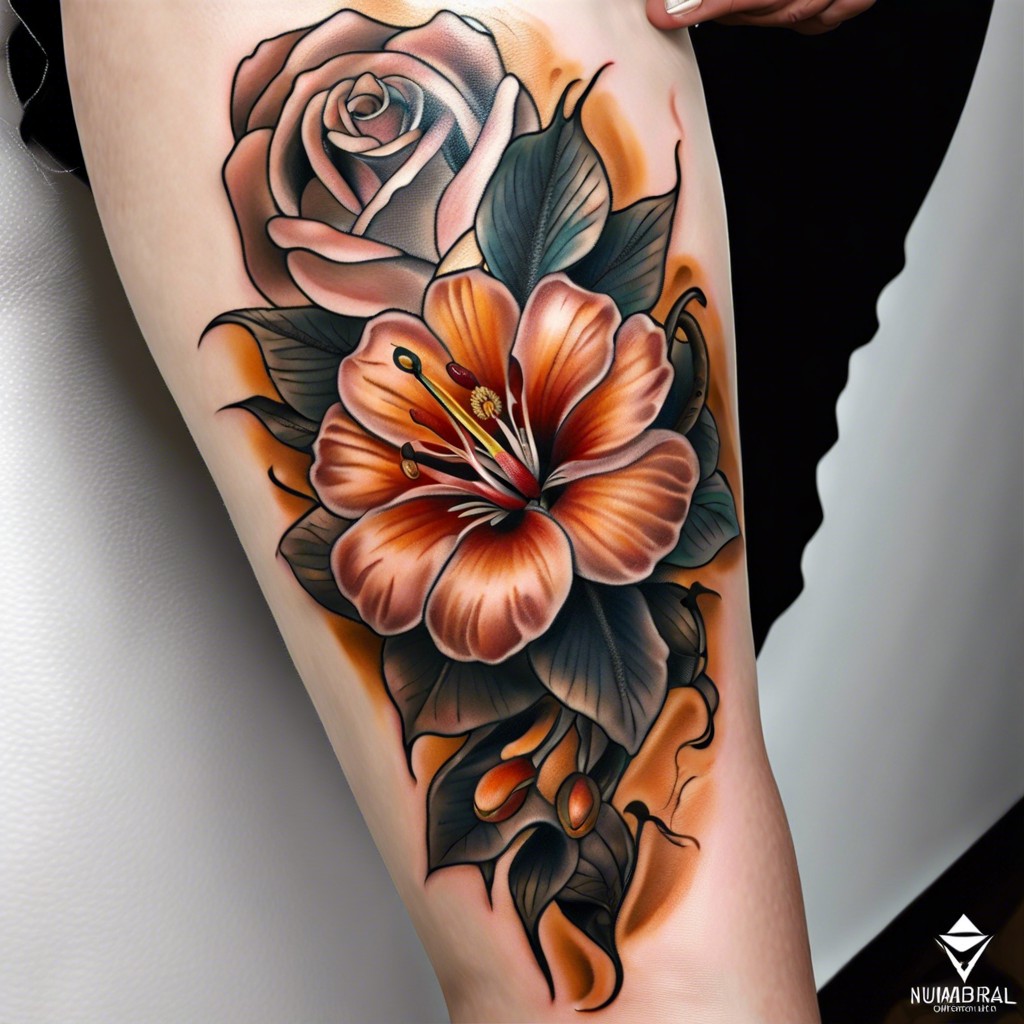
Numbing creams can potentially alter the skin’s natural healing process due to their active ingredients. It’s crucial to understand how these creams might affect ink retention and the final appearance of your tattoo.
Always consult with your tattoo artist and dermatologist about the specific product’s impact on tattoo aftercare and healing.
Customer Reviews of Popular Tattoo Numbing Creams

Customer feedback often reveals the real-world effectiveness of different numbing cream brands, highlighting which ones meet the expectations set by marketing claims.
Reviews can also shed light on any potential side effects or skin reactions experienced by users, providing insight into the safety of the product.
Potential buyers weigh these personal testimonials heavily, making them a critical factor in the decision-making process for individuals considering purchasing a numbing cream for their next tattoo session.
Numbing Creams and Tattoo Artist Perspectives
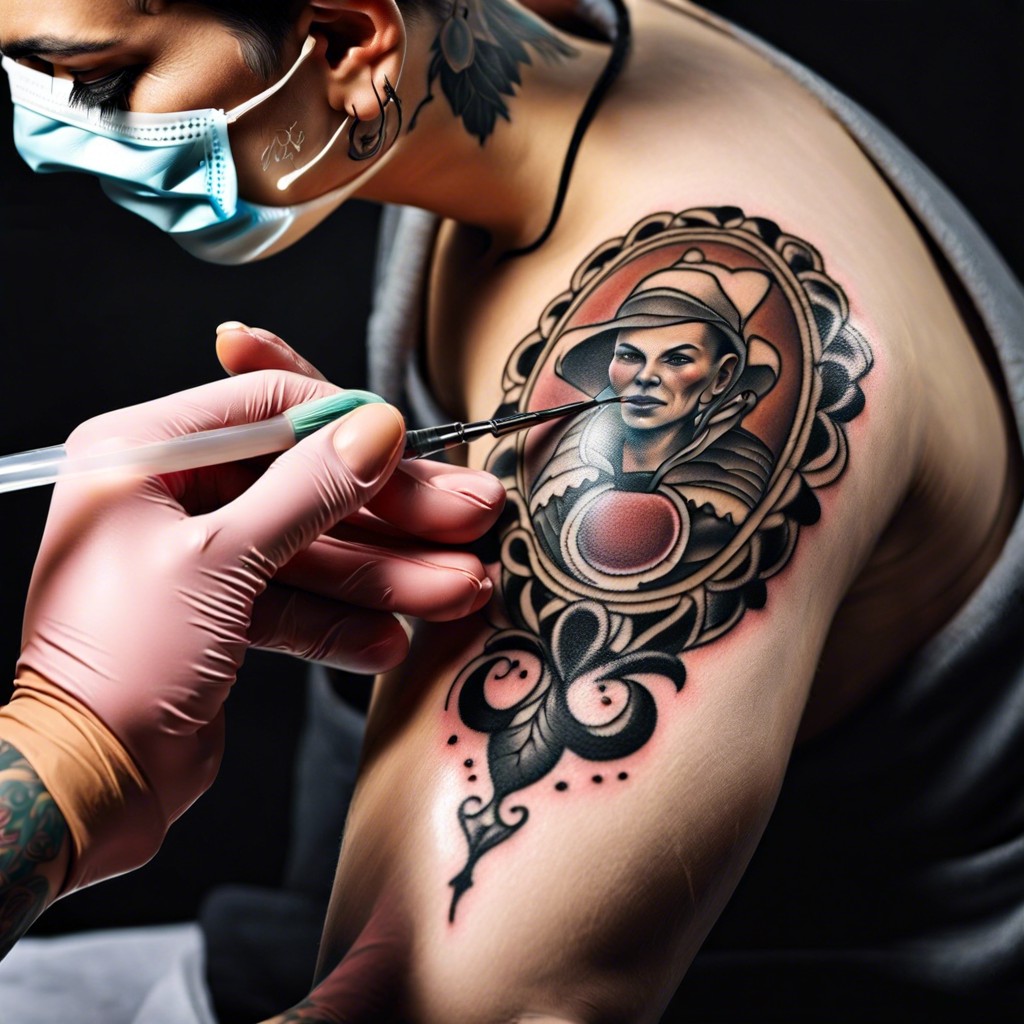
Many tattoo artists maintain a stance that while numbing creams can improve client comfort, they may also alter skin texture, potentially affecting the tattooing process. Some professionals argue that these creams can lead to a false sense of security, causing clients to be less prepared for the natural sensations of tattooing. Others are supportive of numbing agents, considering them useful tools for long or particularly painful sessions, as long as they do not compromise the artwork’s quality.
Get inspired by more ideas:





